At Belwin Conservancy, we steward more than 1,500 ecologically rich acres next door to a major metropolitan area. Our goal is not just to maintain the land as it was when we acquired it, but to transform the land to the state it was in before European settlers arrived and to support the most ecologically diverse range of plants, insects, birds, and animals.
While we have many tools at our disposal, we prefer natural techniques whenever possible to manage invasive species and restore the land to its natural state.
Fire in the form of prescribed burns is one of our most effective land management tools for oak savannas and prairies and even wetlands. Each of these ecosystems have different burn needs and benefits.
We respect fire and understand the importance for conducting safe, prescribed burns. At Belwin, we always work to ensure the safety of the burn crew and the surrounding community.
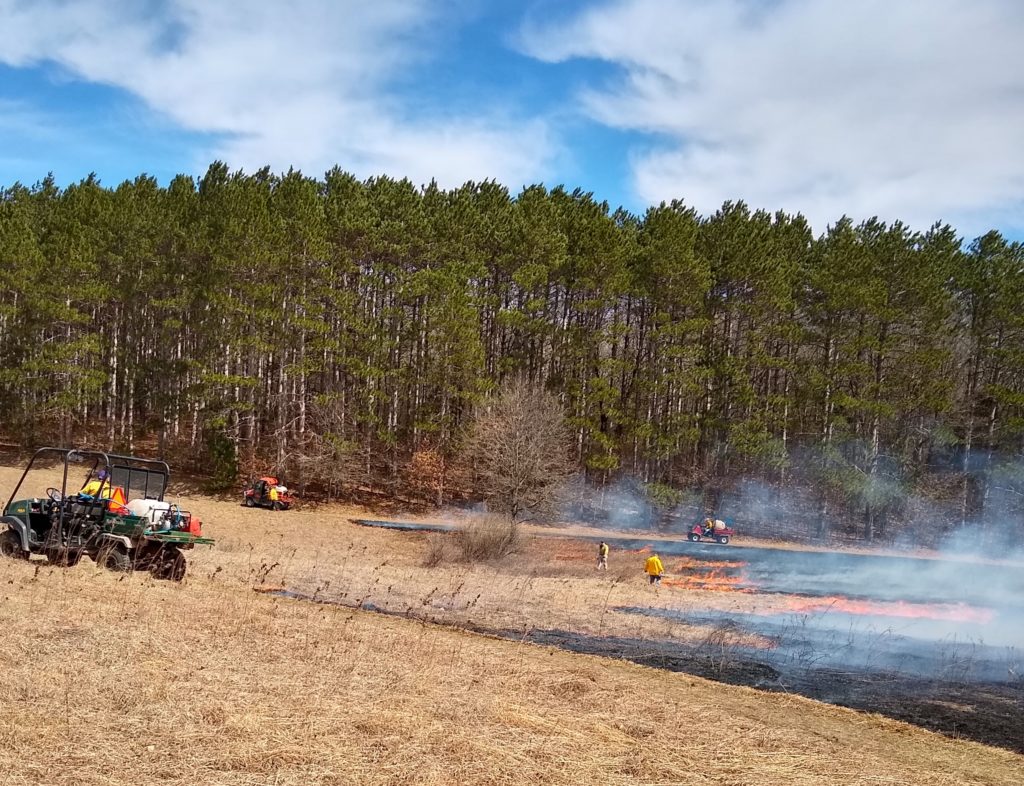
Timing fires
When used correctly, prescribed burns quickly remove invasive species, replenish nutrients in the soil, and provide a boost to native species. We burn at different times of the year to achieve different ecological goals. “The calendar is irrelevant to nature’s fire program,” says Belwin Conservancy Operations Director Justin Sykora. “You have to take humans out of the equation and ask, ‘How would nature do it?’”
Plus, fire only works as a management tool when it is allowed to burn actively growing plants.
“Burning in dormancy wipes away fuel and benefits everything, including invasives,” says Justin. “Burning actively growing plants kills the non-desirable plants and transforms the land from not-healthy and sustainable to healthy and sustainable.”
“That’s why we burn at various times of the year, not only in the spring,” Justin continues. “This means that we sometimes burn areas where birds and animals have nested. However, fire management through prescribed burns has a long-term goal of supporting diversity. Minor, short-term losses, while sad, lead to long-term benefits.”
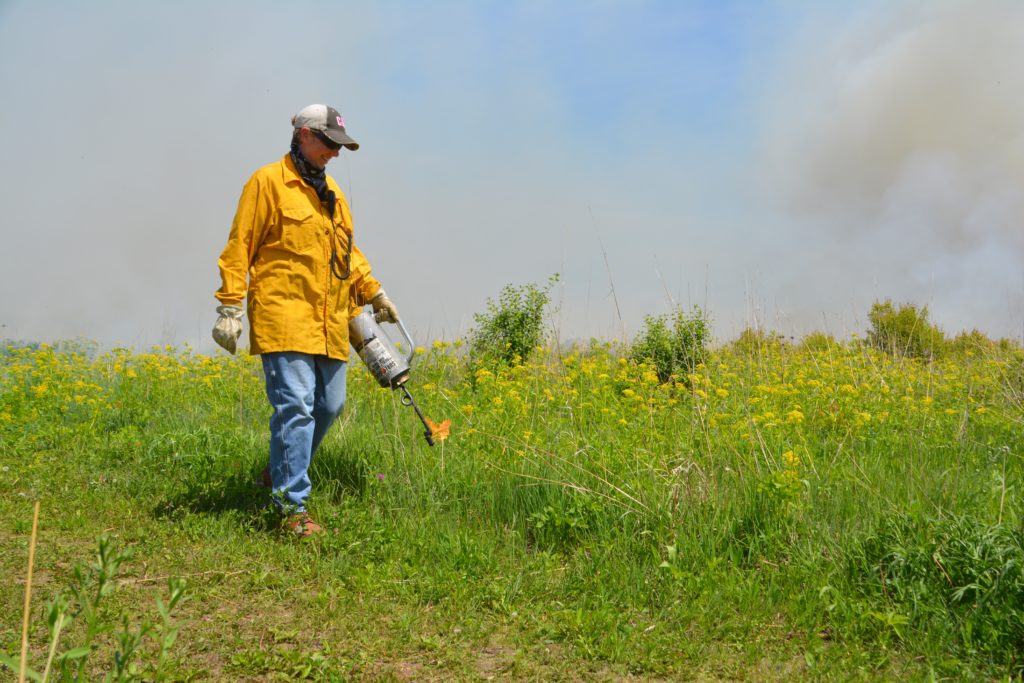
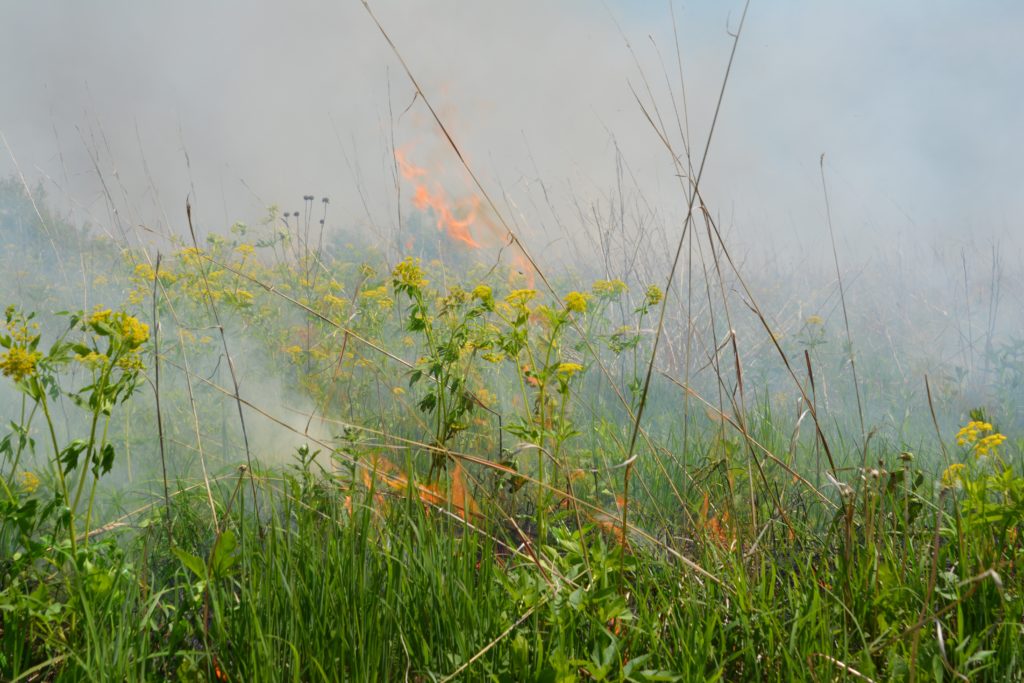
The web of life
The size of the burn area is also important. We never burn an entire parcel; we leave areas of refuge. Even in a burn area, there will typically be small areas of refugia where life can find respite from a quickly moving — and quickly burned out — fire.
“There will always be negative impacts of any fire, but they should not be reasons to avoid burning,” says Chris Helzer, Director of Science for The Nature Conservancy in Nebraska. “Instead, they are examples of why it’s so important to have clear objectives so that you make sure you get the desired benefits from the fire and minimize the undesirable outcomes.”
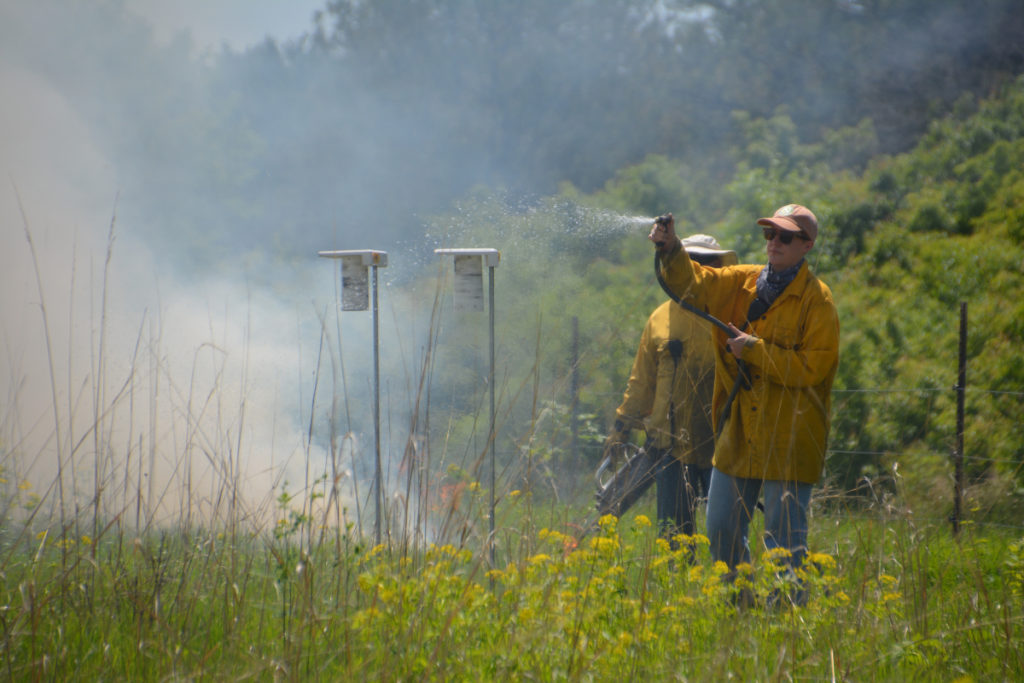
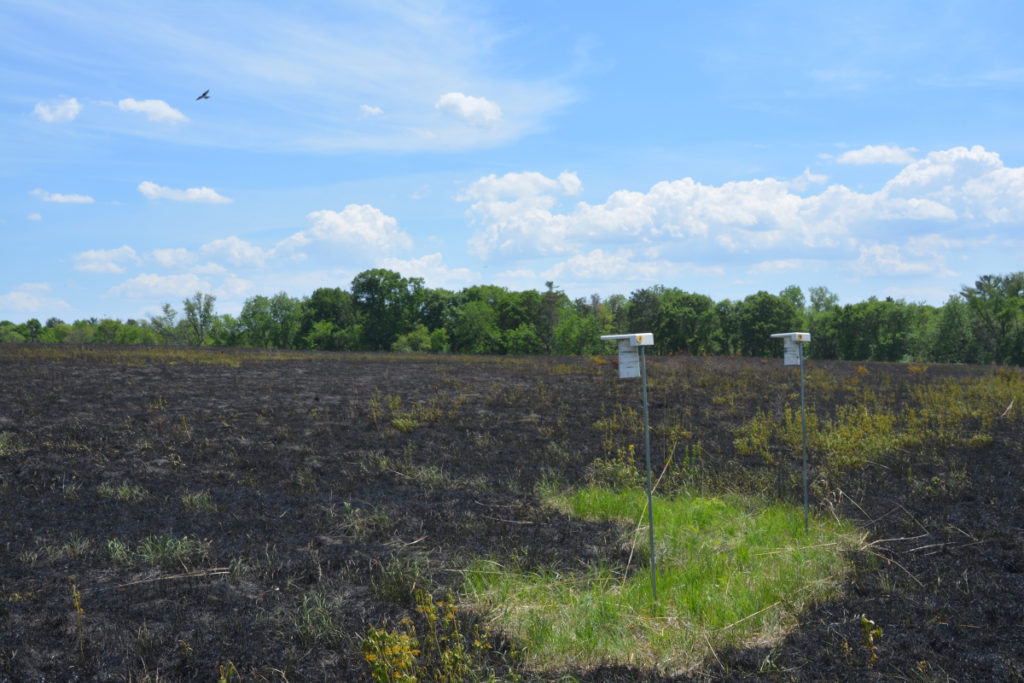
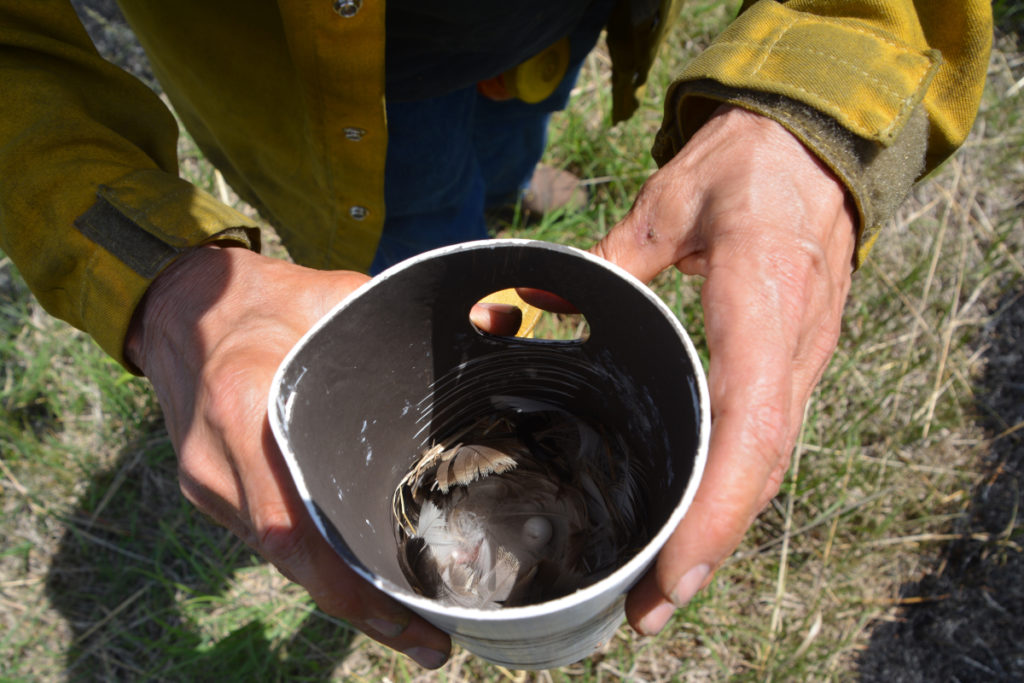
At Belwin, prescribed burns help increase diversity on the land. For example, “If we did not burn at Stagecoach Prairie, we would have more Henslow’s sparrows nesting there,” says Belwin Conservancy Restoration Specialist and Interpretive Naturalist Lynette Anderson. “But we might not have lark sparrows, clay-colored sparrows, and vesper sparrows. We are diversifying this space to create habitat for this wider web of life.”
Safety procedures
Long before a fire is lit, the Belwin land management team creates a burn plan for the year. The plan is like a prescription for how to ignite and carry out each burn. The plans include timing, wind direction, gear and number of personnel required, and more.
Those plans are presented to the Minnesota Department of Natural Resources (DNR), which reviews the plans and signs off on them. Once the plans are approved, Belwin takes those to our local fire authority, where they go through another review process. Only after these processes are complete do we get permits to burn.
When the day of a burn arrives, we have been closely watching the weather and conditions, and weighing whether or not they are favorable for a burn. If they are, we call the DNR to alert them to our plans for the day. We also contact local non-emergency dispatch to alert them to our plans. If someone calls to report a fire, the dispatcher will be able to communicate that to the caller.
When the fire itself is complete — when the land is black and cool — we reverse the order of phone calls, starting with the local authorities and finishing with the Minnesota DNR.
“Fire management is about relationships,” says Justin. “We’ve spent years working on and cultivating relationships with fire authorities so that they understand how and why we are doing this.”
Land restored
At Belwin, fire is one of our most effective and efficient management tools and an essential part of a prairie and oak savanna’s ecology. The prescribed fires we’ve been conducting over the past few decades have been a key part of our success in restoring lands and controlling invasive species throughout Belwin.
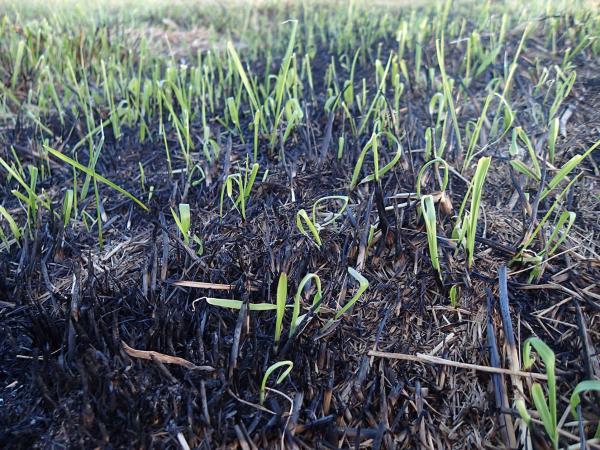
Do you have additional questions about prescribed burns at Belwin? Call 651-436-5189 or email info@belwin.org.